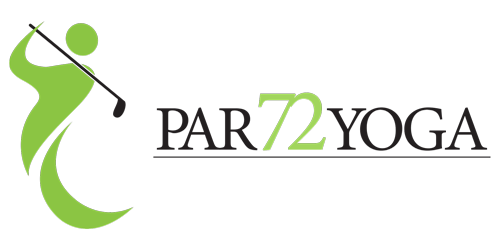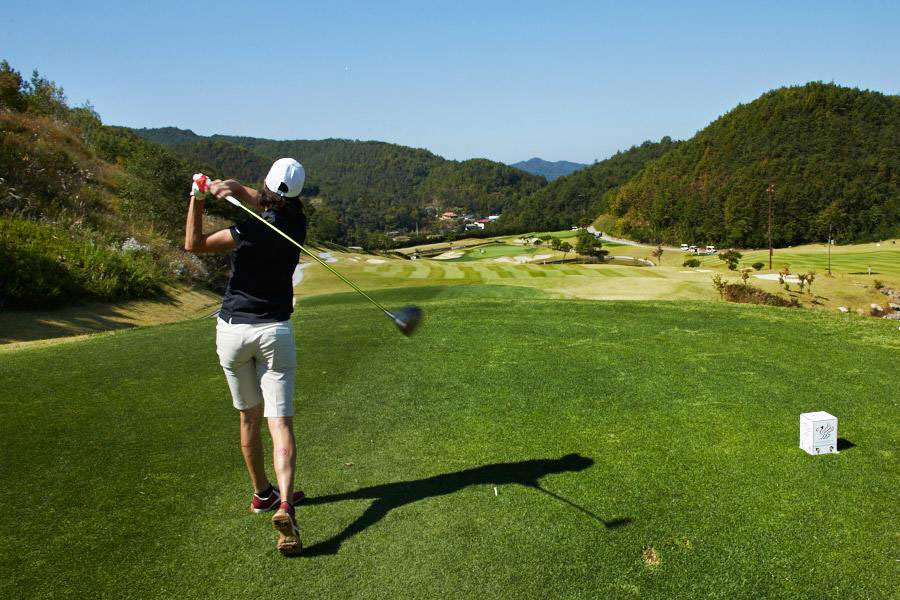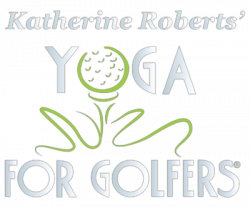Discover how a powerful core does more than just define your physique—it’s the secret engine behind a superior golf swing.
By Megan Mckenzie, Yoga for Golfers® Instructor, Titleist Performance Institute Fitness Level 1
Why Core Strength Matters in Golf
Every golfer knows that feeling when everything clicks—your swing feels effortless, the ball soars exactly where you aimed, and your body moves in perfect harmony. What many don’t realize is that behind that perfect swing often lies a strong, stable core. It’s not just about having six-pack abs; it’s about creating a foundation that powers your entire golf game.
Your core—comprising the abdominals, lower back, glutes and deep stabilizing muscles (like the obliques)—acts as the powerhouse of your golf swing. Here’s why it’s essential:
- Injury Prevention – A weak core often leads to compensations in other areas of the body, increasing strain on the lower back, hips, and shoulders. Strengthening your core can reduce the risk of common golf-related injuries, such as lower back pain and hip instability.
- Consistent Ball Striking – Core stability helps maintain proper posture throughout the swing. When your core is engaged, you can keep your spine angle consistent, leading to more solid and predictable contact with the ball.
- Improved Rotation & Power – A strong core allows for greater rotational control, helping you maximize clubhead speed without overexerting other muscle groups. The result? More distance and control over your shots.
The Hidden Power Center in Your Golf Swing
Watch any professional golfer and you’ll notice something remarkable—their midsection works like a coiled spring, storing energy before unleashing it through impact. Your core isn’t just one muscle but a complex system including your abdominals, lower back, glutes, and those deeper stabilizing muscles like the obliques. Together, they form the engine room of your golf swing.
When I work with golfers struggling with consistency, I often find their core strength lacking. The swing might look good for a few holes, but fatigue sets in, and suddenly those smooth, controlled movements become erratic. A strong core provides the stamina to maintain your form from the first tee to the final putt.
The Three-Way Impact on Your Game
Core strength affects your golf in three critical ways. First, it’s your body’s natural shield against injuries. Those nagging lower back pains that plague so many golfers? Often the result of a weak core forcing other parts of your body to compensate. When your core can’t handle the rotational forces of a swing, something else has to—usually your spine or shoulders.
Second, core stability translates directly to consistent ball striking. That steady spine angle throughout your swing—the one teaching pros constantly emphasize—becomes much easier to maintain when your core muscles are engaged and strong. The result is more solid contact and fewer of those frustrating mishits.
Third, and perhaps most appealing to distance-hungry golfers, a strong core enables more powerful rotation. Rather than straining with your arms or shoulders to generate clubhead speed, your core becomes the power source, creating more distance with less effort. It’s working smarter, not harder.
Core Exercises Tailored for Golfers
Not all core exercises are created equal, especially for golfers. The unique demands of the golf swing require specific movements that enhance rotational strength, stability, and the connection between your upper and lower body. The exercises below are precisely chosen to address these golf-specific needs.

The Bird Dog: Balance and Coordination
The Bird Dog exercise might look simple, but it’s deceptively effective for golfers. Starting on all fours, you extend your opposite arm and leg while maintaining a stable spine. This movement directly translates to the golf swing by improving the coordination between your upper and lower body—critical for maintaining control throughout your swing sequence.
What makes this exercise particularly valuable is how it reinforces proper posture. Many golfers struggle to maintain their spine angle during the swing, resulting in inconsistent contact. Regular practice of the Bird Dog helps ingrain that stable position, making it more natural to maintain during your actual swing.
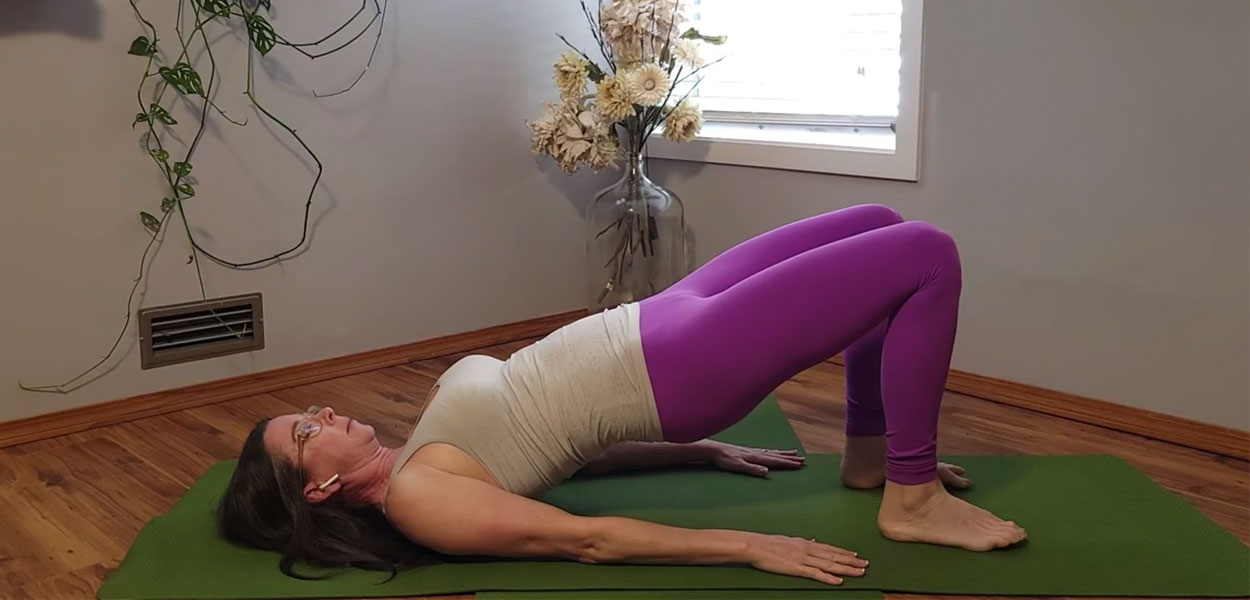
Bridge Pose: Power from Below
The humble bridge pose (especially the challenging single-leg variation) targets your glutes and lower back—two powerhouses in the golf swing that often get overlooked. Your glutes are arguably the most important muscles for generating force in the downswing, while lower back strength prevents the all-too-common back pain that sidelines countless golfers.
When performing bridges, focus on squeezing your glutes at the top of the movement and keeping your core engaged throughout. This activation pattern mirrors what should happen during your downswing, where glute engagement helps initiate the powerful unwinding of your body toward impact.
Core Rotation Exercises: Mimicking the Swing
The Half Roll-Back with Rotation brilliantly replicates the rotational demands of the golf swing. By controlling your rotation while maintaining core tension, you’re training exactly the movement pattern needed for a powerful, controlled golf swing. This exercise also builds endurance in those rotational muscles, helping you maintain your swing quality through all 18 holes.
Many golfers make the mistake of training only in straight lines, but golf is fundamentally a rotational sport. These twisting movements prepare your body specifically for the demands you’ll face on the course.
Implementing Core Training in Your Golf Routine
The beauty of core training is that it doesn’t require hours in the gym or fancy equipment. Just five focused minutes daily can dramatically strengthen your foundation and transform your game. Consistency trumps intensity here—your core responds better to regular, moderate training than occasional extreme sessions.

The Five-Minute Daily Routine
Try incorporating these exercises into a quick daily routine: 30 seconds of Bird Dogs on each side, 30 seconds of Bridge Pose (progressing to single-leg as you get stronger), 30 seconds of Supine Crunches with butterfly legs to engage your adductors, and 30 seconds of Half Roll-Backs with Rotation. Finish with a 30-second plank, rest briefly, then repeat the circuit.
This simple routine, performed consistently, can revolutionize how your body functions during your golf swing. The key is making it habitual—perhaps doing it while watching golf on TV or first thing in the morning before heading to the course.
Measuring Your Progress
Beyond just feeling stronger, you’ll notice tangible improvements in your game. Many golfers report more consistent ball striking within just a few weeks. You might also notice increased driving distance as your body learns to transfer energy more efficiently through rotation. Perhaps most importantly, those nagging aches and pains that used to appear after a round often diminish or disappear entirely.
Take note of how your body feels during and after rounds. Many golfers find they have more energy on the back nine and recover more quickly between playing days—both clear signs that your core training is paying dividends.

Par72 Yoga: Specialized Core Training for Golfers
At Par72 Yoga, we’ve developed specialized yoga classes that integrate core strengthening specifically for golfers. Our approach combines traditional yoga principles with modern sports science to address the unique physical demands of the golf swing. As certified yoga instructors with additional training in golf fitness, we understand both the biomechanics of an effective swing and how to prepare your body to execute it consistently.
Our programs range from one-on-one training sessions to small group classes and online tutorials, all focused on building that crucial core connection that elevates your golf game. We’ve worked with players at all levels, from beginners to tour professionals, helping them unlock new potential through targeted core strengthening.
Ready to transform your game from the inside out?
Contact Megan today to learn more about our core-focused programs and start building the foundation for your best golf season yet. Your body—and your scorecard—will thank you!
